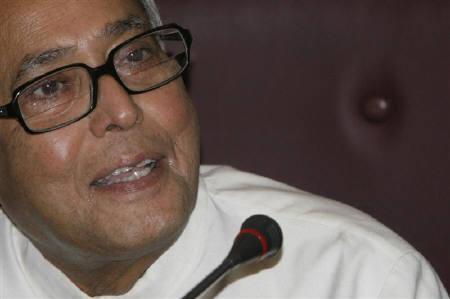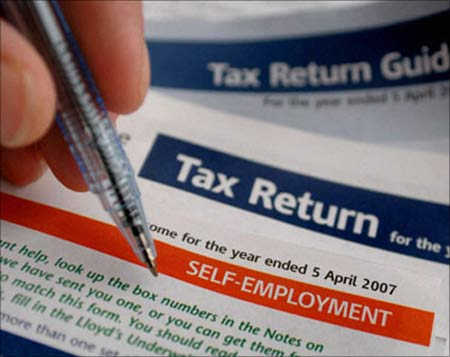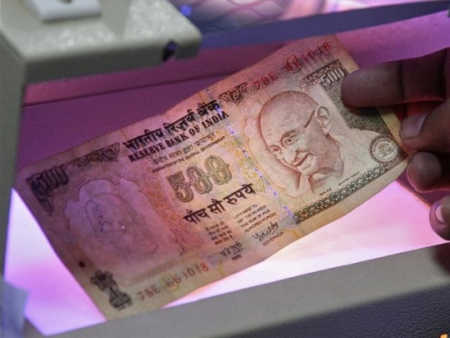Photographs: Reuters Santosh Tiwari in New Delhi
Non-profit organisations set up for charitable purposes may see a tightening of income tax provisions applicable to them in the coming budget.
According to a senior finance ministry official, the department has made significant progress in streamlining its administrative set-up to handle such organisations during this financial year, keeping in mind the provisions of the proposed Direct Taxes Code.
He added that Finance Minister Pranab Mukherjee was expected to either announce steps to take the tax provisions handling non-profits either closer to DTC or their implementation from 2012-13 itself, rather than waiting till April 2013.
DTC is now expected to come in 2013-14, instead of the earlier deadline of 2012-13.
Charitable entities to see tightening of income tax
Image: Income of non-profits whose activities are for public religious purposes are proposed to be exempt.Photographs: Reuters
The finance ministry is expected to push at least those provisions of the new regime in the next financial year which are associated with enhancing compliance and may also help in collecting more money.
In the DTC, the income of non-profits whose activities are for public religious purposes are proposed to be exempt.
On those set up for charitable purposes, it is proposed to levy a tax on their surplus at the rate of 15 per cent.
The income tax department will allow all receipts of the month of March in the financial year to be carried forward, if deposited in specified accounts under a scheme to be prescribed, so that they can be spent by the end of the next financial year.
Charitable entities to see tightening of income tax
Image: About 100,000 NGOs filed tax returns in 2010-11.Photographs: Reuters
Non-profits will get a deduction of 15 per cent of the surplus or 10 per cent of the gross receipts, whichever is higher. The basic exemption limit would be Rs 1 lakh.
Donations to non-profits whose surplus is proposed to be taxed will be eligible for tax deduction under the DTC.
As part of an exercise to improve the administrative mechanism for non-profits through the country, the I-T department brought all NGOs filing returns under its scanner.
About 100,000 NGOs filed tax returns in 2010-11 and the department has picked up cases for scrutiny on the basis of certain criteria, relating to the type of NGO and financial activities beyond a specified limit.
Charitable entities to see tightening of income tax
Image: Some charitable activities are not taxable.Photographs: Reuters
Charitable activities associated with relief to the poor, education, medical relief, protection of the environment, protection of archaeological monuments and any other purpose of general public utility are not taxable.
Commercial activities of NGOs in any other purpose of general public utility are, however, taxable. Under the I-T Act, 'charitable purpose', among other activities, includes "the advancement of any other object of general public utility".
This does not qualify as a charitable purpose if it involves activity in the nature of trade, commerce or business or to render any service in relation to such activity for a cess or fee or any other consideration, irrespective of the application, if the income from such activity is more than the specified limit in the previous year.
Charitable entities to see tightening of income tax
Image: A government study put the number of not-for-profit entities in the country at 3.3 million in 2009.Photographs: Reuters
The Finance Act, 2011, has raised the specified limit from Rs 10 lakh to Rs 25 lakh for such activities. The official said the Budget for 2012-13 was slated to take the tax provisions for non-profits closer to the DTC in the backdrop of the department's efforts to tone up the administrative machinery.
A government study put the number of not-for-profit entities in the country at 3.3 million in 2009. The actual number could be much larger, as the study took into consideration only entities under the Societies Registration Act, 1860, or the Mumbai Public Trust Act and its variants in other states.







article